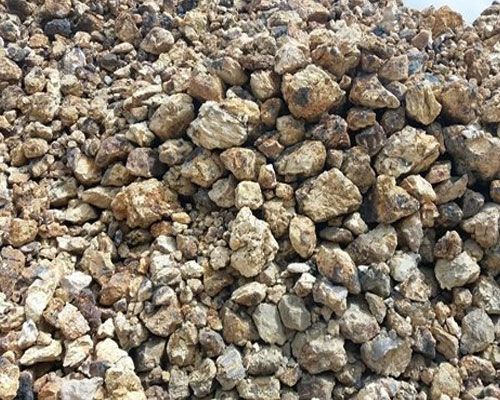Aluminum products are widely used. To obtain pure aluminum products, aluminum foundry must go through the extraction and refining aluminum process. Known deposits of bauxite can supply the world with aluminum for hundreds of years at present production levels.
When high-grade bauxite deposits are depleted, substantial reserves of secondary ores will remain to be exploited: laterite deposits in the northwestern United States and Australia, anorthosite in the western United States, apatite, and alunite in Europe, kaolinite in the southeastern United States. Other nonbauxite sources of alumina are also available: alumina clays, dawsonite, aluminous shales, igneous rocks, and saprolite and sillimanite minerals. In Russia, alumina is refined from nonbauxitic ores—namely nepheline syenite and alunite. Vast bauxite developments in Australia, Guinea, and Indonesia have tended to postpone interest in secondary ores elsewhere.
Approximately 90 percent of all bauxite mined is refined into alumina, which is ultimately smelted into aluminum. The remaining 10 percent is used in other applications, such as abrasives, refractories, and proppants in the recovery of crude oil. Approximately four tons of high-grade bauxite yield two tons of alumina, from which one ton of aluminum is produced.
Extraction And Refining Aluminum
The production of aluminum from bauxite is a two-step process: refining bauxite to obtain alumina and smelting alumina to produce aluminum. Bauxite contains a number of impurities, including iron oxide, silica, and titania. If these impurities are not removed during refining, they will alloy with and contaminate the metal during the smelting process. The ore, therefore, must be treated to eliminate these impurities. Purified alumina usually contains 0.5 to 1 percent water, 0.3 to 0.5 percent soda, and less than 0.1 percent other oxides. The Bayer process, with various modifications, is the most widely used method for the production of alumina, and all aluminum is produced from alumina using the Hall-Héroult electrolytic process.

After the extraction of aluminum from alumina, the primary aluminum needs to refine. AdTech offers online degassing unit, CFF filtering unit, fluxes for refining aluminum liquid. The high-precision on-line molten aluminum purifying units are mainly used in the aluminum alloy casting industry. They are especially suitable for the fields of electronics, furniture, solar energy, construction, automotive, high-speed rail transportation industry, aviation, and military industries. The molten aluminum purifying equipment is installed between smelting furnace and casting machine, they can degas and filter out the impurities.
The online degassing unit has dual functions: processing and heating. It can remove hydrogen (H) and slag from molten aluminum. Otherwise, they will affect the quality and mechanical properties of the alloy. The online degassing unit has dual functions: processing and heating. It provides purification for high precision molten aluminum.
The plate-type filter equipment is suitable for filtering the inclusions and small particles in the molten aluminum. It adopts the new technology of high fused silica and has a long life. The filtering equipment replaces the ceramic tube filter equipment and common plate filter equipment. This plate filtering unit can effectively filter the micron impurities.

